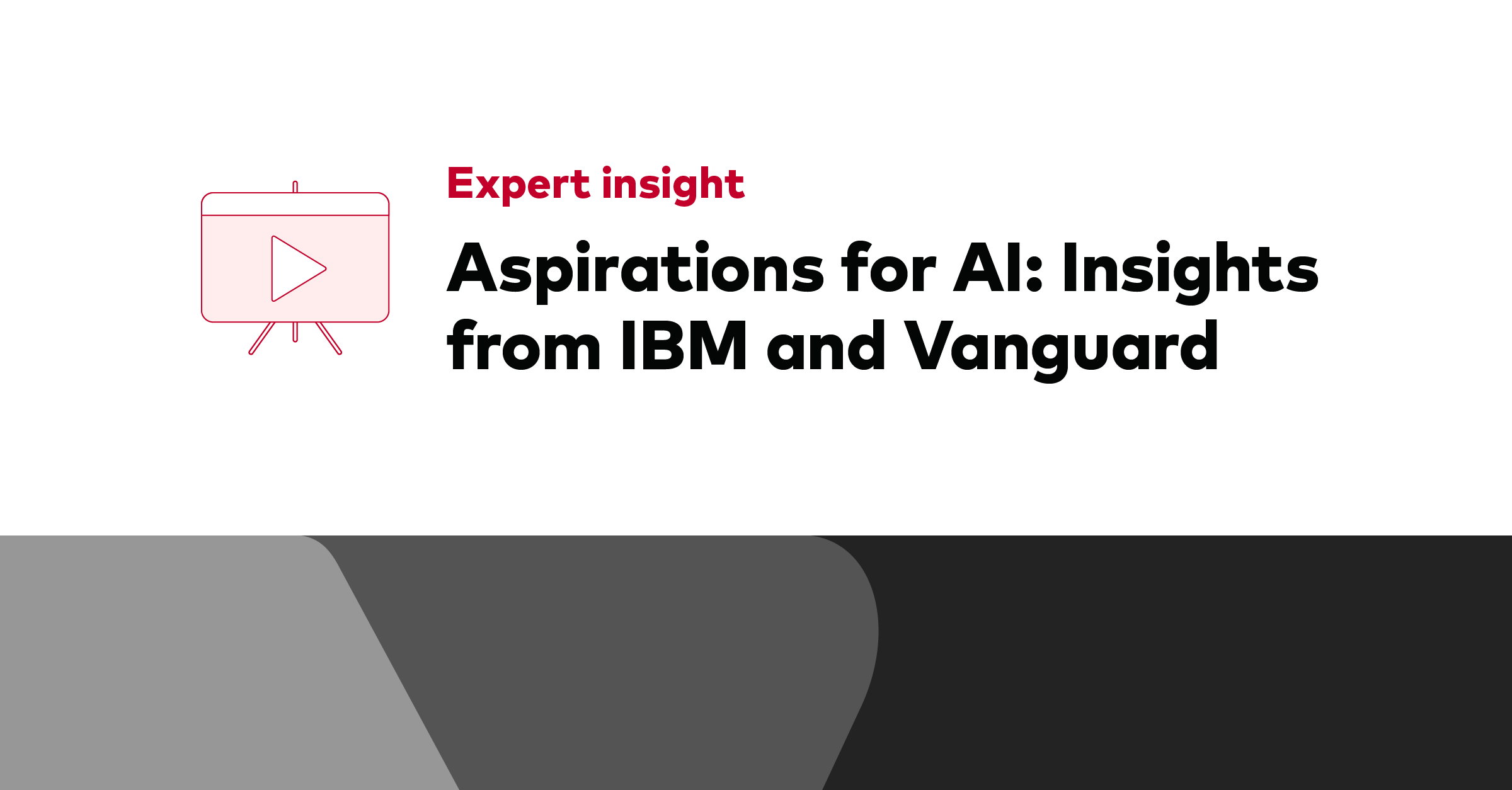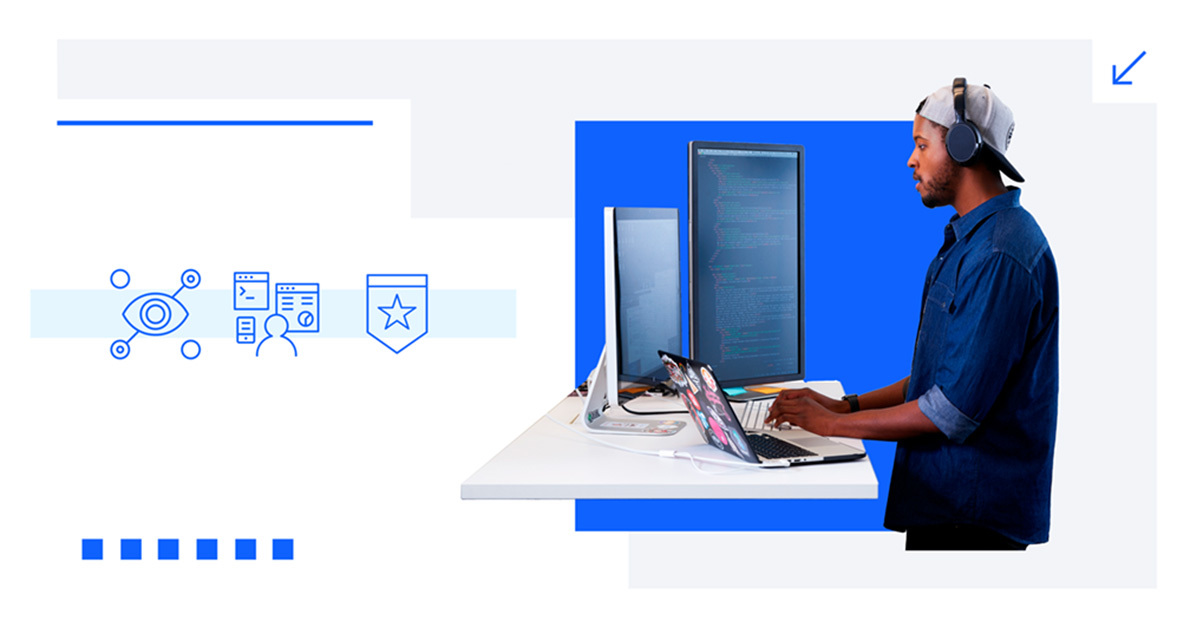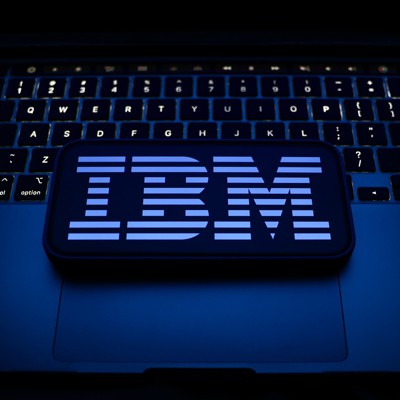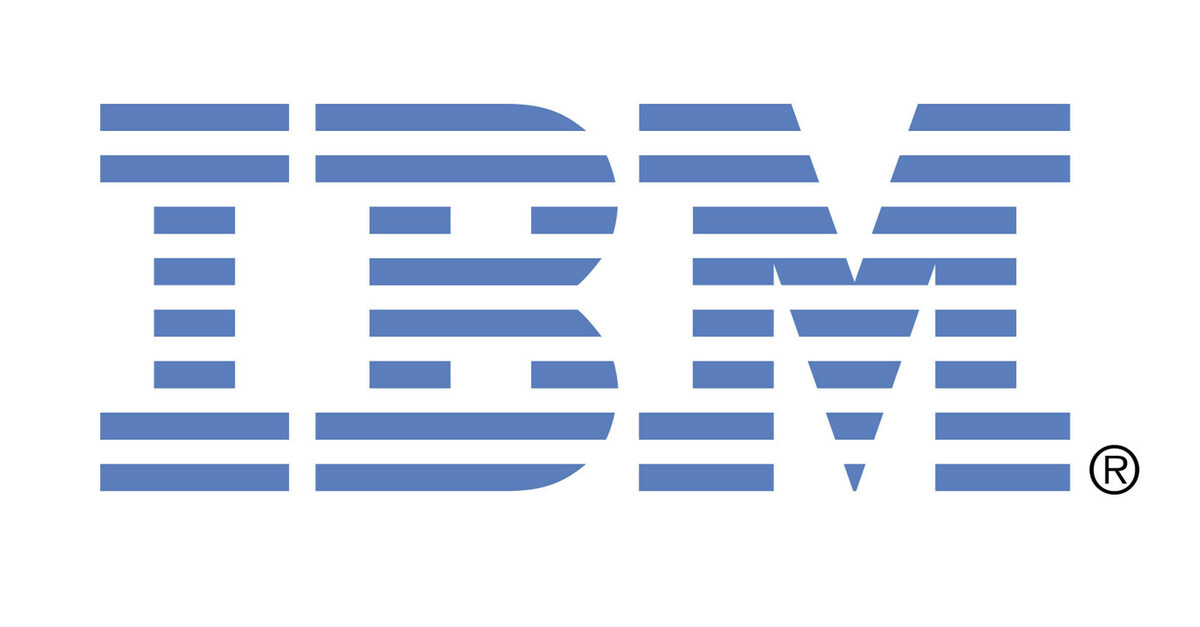The z17 is fully engineered for the AI age, integrating artificial intelligence capabilities directly into the system's hardware, software, and operations. It’s powered by the IBM Telum II processor and is capable of processing up to 450 billion AI inference operations per day — 50 percent more than its predecessor, the z16.
Key innovations in the IBM z17 include:
- On-chip AI acceleration via Telum II, enabling real-time AI scoring and inferencing with one-millisecond response times.
- The upcoming IBM Spyre Accelerator (expected in Q4 2025), designed to enhance generative AI workloads and run AI assistants and agents on-platform.
- Integrated AI tools such as IBM watsonx Code Assistant for Z and watsonx Assistant for Z, now combined with Z Operations Unite for chat-based incident detection and resolution.
The system supports the forthcoming z/OS 3.2 (available Q3 2025), built to accommodate AI insights and modern data processing including NoSQL databases. IBM also introduced Z Operations Unite, a tool for unified IT operations using OpenTelemetry format to improve incident detection and response across hybrid environments.
Security and resiliency remain central to the platform, with additions such as IBM Vault for secrets management (via HashiCorp) and IBM Threat Detection for z/OS for AI-powered anomaly detection.
Storage is supported by the 10th generation IBM DS8000 system, designed to work seamlessly with z17 for optimized data performance and scalability.
IBM z17 will be generally available starting June 18, 2025.



















